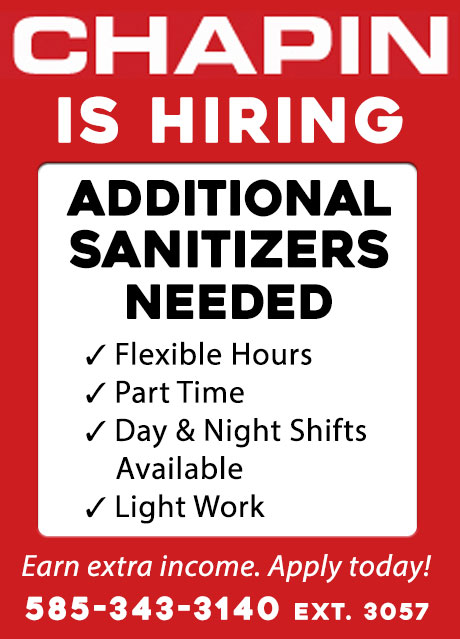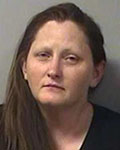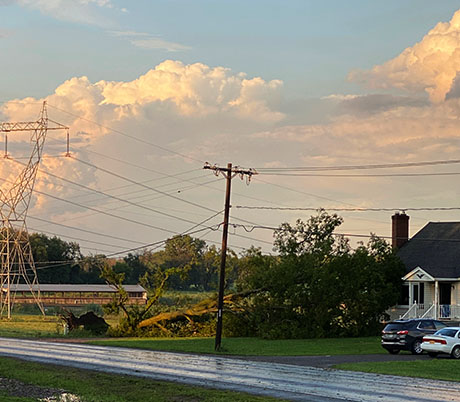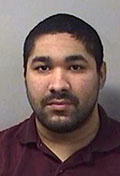YMCA wants you to sign a petition asking Cuomo to allow them to fully open to support community health and wellness
From the YMCA of Genesee & Orleans Counties:
Jeff Townsend, executive director of the YMCA of Genesee & Orleans Counties, is calling for public support in asking Governor Andrew Cuomo to let nonprofit organizations, like the YMCA, resume using their facilities to support the health and well-being of the communities they serve.
He wants you to sign this petition to let Governor Cuomo know that communities need their YMCAs to open fully to support the health and well-being of New Yorkers.
"For hundreds of communities across New York, the Y is so much more than gym," Townsend's missive says. "The Y works with vulnerable populations to improve health outcomes, build immunity and reduce the impact of underlying conditions that make individuals more susceptible to COVID-19.
The programs Ys are not able to offer while our facilities are closed include:
- Arthritis Management Programs
- Blood Pressure Self-Management Programs
- Brain Health Programs to Prevent Cognitive Decline
- Cancer Wellness and Treatment Recovery
- Cardiac Rehabilitation Programs
- Diabetes Prevention and Management
- Family Wellness
- Obesity or Weight-loss Intervention
- Inclusive Programming for People with Different Abilities
- Programs for People an Caretakers of Those with Parkinson's Disease
Townsend continues by saying Governor Cuomo's decision to prohibit YMCAs from reopening their membership facilities in Phase 4 jeopardizes the economic viability of one of New York State's largest nonprofit organizations and employers: "While our communities generously support the Y through donations and grants, the Y's membership operations are the primary source of funding for its community work."
To date, New York's YMCAs have lost more than $117 million in membership and program revenue due to the government's mandated closures and capacity restrictions.
Unfortunately, these growing losses hinder the Y's ability to positively impact the health and well-being of more than 1.5 million children, families, and seniors who rely on the Y for everything from childcare and meals, to housing and human interaction, according to Townsend.
Ready to Reopen
YMCAs across the state have worked together to ensure that they are reopening in a safe and responsible manner.
Since closing membership operations in March, YMCAs have renovated their facilities, enhanced cleaning protocols, and physically redesigned spaces in order to create an environment that exceeds the health and safety guidelines from the CDC and State Department of Health. During all these changes, the Y continued to serve the needs of communities across New York State.
Open for Good
While our membership operations have been closed, the Y has continued to safely serve communities throughout the State of New York:
- 2,500 children of essential personnel served each day at childcare centers during the pandemic;
- 3,000 children served at YMCA Summer Programs;
- 30,400 calls and visits to vulnerable populations to check on their health and deliver food or goods;
- 128,302 meals provided through a variety of food programs and distribution centers.
Safe Today, Safe Tomorrow
The Y has served thousands, safely, during the pandemic. It is clear that YMCAs can run safely and responsibly. Communities needs the Y, and it needs your help to make sure the Y can continue to serve our community today, tomorrow, and for years to come.




